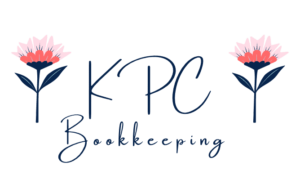Last week we talked about the difference between Cost of Goods Sold (or COGS, as us in the know call it), and Operating Expenses. You can read that post here (and you probably should, otherwise this post might not make sense to you :-)). Now I’m going to talk about why keeping them separate is important, and the effect it might have on your business decisions.
The difference is in what type of profit the expenses effect. As I said in my last post, COGS effects our gross profit, and operating expenses effect our net profit. So:
Gross Income (every dollar you make) – COGS = Gross Profit, and
Gross Profit – Operating Expenses = Net Profit or Net Income
Looking at your gross profit is what’s going to evaluate your pricing strategy. Keeping COGS separate is going to make it really obvious what your profit margin is on your actual products. If you’re charging $10 for a do hickey, but it costs you $5 to make the do hickey, 50 cents of a merchant fee to sell the do hickey at the farmer’s marketing, $1 in packaging for the do hickey, and $2 for the portion of the wages you’re paying someone to work that farmer’s market for you to sell the product, that’s $8.50 in expenses for a $10 sale, and you’re only making $1.50 per do hickey. That, in my opinion, is not enough, especially considering that you’re going to have additional expenses associated with running your businesses – payroll and sales tax, home office expenses, software, business cards, etc. Now you’re looking at a negative net profit.
So gross profit and net profit do go hand in hand when it comes to pricing strategy, but you also might have different streams of income that don’t involve COGS and are priced perfectly fine as is. That’s why I like to track different types of income separately for my clients.
Net profit, on the other hand, assesses the overall profitability of the business. In the example above, you know you’re making $1.50 off each do hickey, and that’s not great. But say you also have another stream of income with zero or little COGS expenses, like coaching. It’s totally possible that your coaching income brings in a lot and more than covers your operating expenses, then it’s not such a big deal that your do hickeys aren’t priced high enough, because you’re still making a good profit. I still think you should raise your do hickey prices – after all, no one makes a do hickey like you do – but maybe you’re not trying to make a huge profit on your do hickeys; it’s just something you love doing. Or you’re selling them at a reduced price just to spread the word about your amazing do hickeys. I don’t know, that’s between you and the do hickey. Either way, it helps to look at the whole picture of your business.
